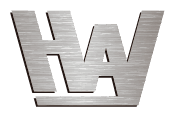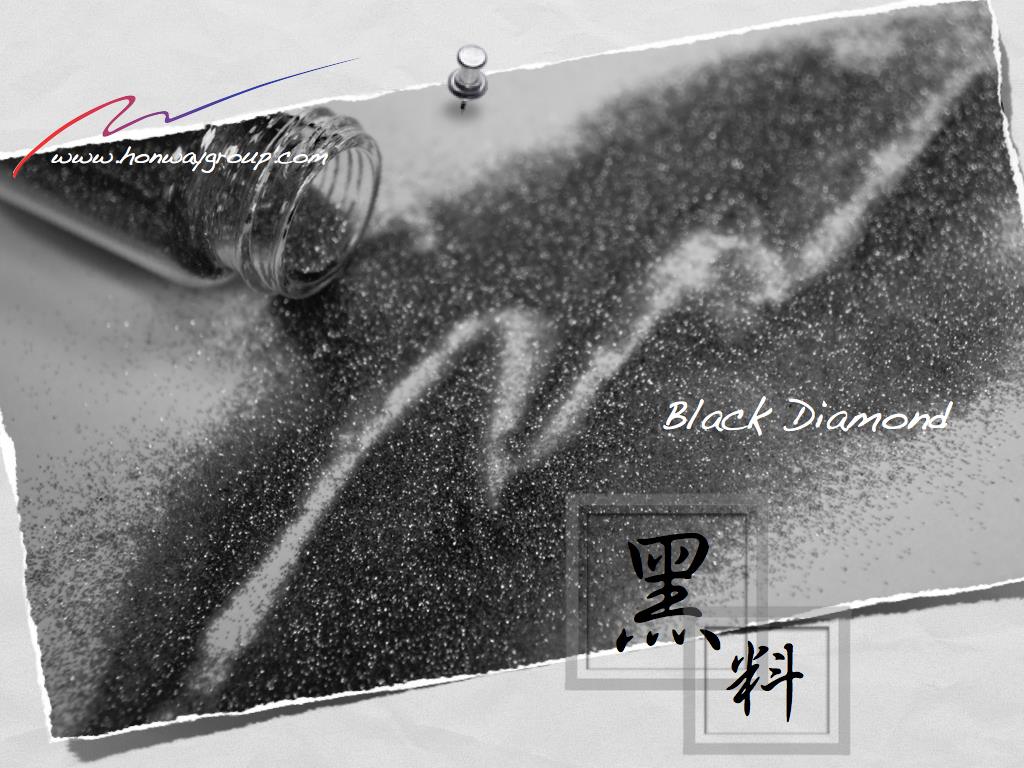Table of Contents
Wheel Dressing
The key to greatly enhancing the grinding performance of a wheel lies in having good dressing tools and proficient dressing techniques. An operator equipped with high-quality dressing tools and skilled in wheel dressing techniques can ensure that the wheel maintains high grinding performance. Rather than relying solely on purchasing a so-called “good wheel.”
Dressing a grinding wheel refers to using a dressing tool to shape the wheel or remove the dulled surface layer, thereby restoring the grinding performance and correct geometric shape of the working surface. Timely and proper wheel dressing, along with the correct use of a diamond dressing tool, is essential for improving grinding efficiency and ensuring quality.
Sharpening
Sharpening is a process that makes the abrasive grains of a superhard grinding wheel sharp. In this process, the bond between the grains and the dulled grains are removed so that the sharp, high-performance abrasive grains protrude from the bond, forming sharp cutting edges. Sharpening must also remove small materials from the surface pores of the wheel to prevent the grinding force on the wheel from increasing, which could cause vibration and lead to surface burns on parts.
Without proper sharpening, even the best grinding wheels cannot achieve high-quality and consistent part dimensions. In fact, when you invest in high-quality grinding wheels, effective dressing becomes very important for obtaining high grinding performance.
Shaping
Shaping is part of the preparation process for a grinding wheel and is carried out alongside standard sharpening of ordinary wheels. For superhard abrasive wheels, these two processes are carried out separately, with shaping being done first. In superhard abrasive grinding, shaping is done using shaping tools or rollers, while sharpening is often done using a ceramic-bonded dressing stick after shaping is completed.
Proper Dressing Methods
1. Take Small Dressing Amounts
To reduce dressing time, there is often a temptation to choose a larger depth of cut. This is a very mistaken idea. The most suitable depth must be selected for dressing the grinding wheel. Choosing too large a depth will generate high cutting temperatures, shorten the life of the dresser, and remove useful layers of the grinding wheel. The end result is damage to both the dresser and the wheel, making the effort counterproductive.
The best dressing amount is one that, after a few passes, can restore the wheel’s geometric shape and just produce sharp cutting edges.
When using a single-point dresser, contact the wheel at an inclination angle of 10-15 degrees relative to the wheel’s diameter. This will create a sharpening effect when the dresser is rotated periodically. Dressing tools with multi-point contact do not need this angle; instead, the entire end face of the dressing tool should contact the wheel surface.
2. Oscillation is the Enemy of Dressing
Effectively reducing oscillation during wheel dressing can prevent dressing marks, chipping, and damage to the dressing tools. This also means it is necessary to maintain wheel balance, as dictated by the structure of the wheel itself. Uneven density and poor geometric shape of the wheel can affect its natural balance. Therefore, choosing a high-quality grinding wheel is also important.
If you have a high-quality wheel, simply installing it properly will help maintain good balance. According to the wheel manufacturer’s instructions, a directional arrow indicates the light end of the wheel after coarse balancing. The user can then follow this arrow to dress the wheel and achieve dynamic balance. Evenly applying coolant can sometimes also help maintain balance.
To further prevent oscillation, ensure that the dressing tool is securely clamped in the holder with minimal overhang, to ensure the tool has sufficient rigidity. If the diamond tool is not securely clamped, it will lead to oscillation, generate noise, create surface waviness on the parts, damage the part surfaces, and destroy the dressing tool.
3. Maintain Cooling
Proper use of coolant can speed up dressing and improve efficiency. Experience suggests using a coolant jet with a diameter of 3/8 inches to remove heat from the dresser, extending its life. When using a diamond dressing tool on a wheel, place a coolant nozzle to fully cover the entire wheel surface or continuously direct coolant onto the tool. Once the dressing process begins with the tool contacting the wheel, never allow the tool to leave the coolant stream. Otherwise, the tool may crack or break due to extreme temperature changes between hot and cold.
Using a high-precision filter for the coolant prevents contaminants or chips from recirculating in the coolant. Contaminated coolant can cause rapid wheel wear and increase the need for dressing. Only in dry grinding situations (the only case where stopping coolant to the diamond tool is acceptable) should dry dressing be applied to the wheel. At the end of each workday, after turning off the coolant, let the wheel spin idly for a few minutes to prevent wheel cracking.
How to Protect Your Grinding Wheel?
Before dressing, including shaping and sharpening, it is important to ensure that the spindle bearings are at the correct temperature (such as the usual grinding state). This helps prevent damage to part geometry and avoid abnormal wear of both the wheel and the dressing tool. Dressing tools must be handled with care as they are usually made of hard, wear-resistant but brittle diamond material, which is sensitive to small impacts, pressure-induced micro-cracks, and breakage.
Since a diamond dresser is essentially a cutting tool, it needs to be kept very sharp. Using a dulled dressing tool to dress a grinding wheel will result in a dull wheel. To maintain a high-quality and sharp diamond dressing tool, single-point or conical dressers need to be rotated 1/8 turn periodically, based on the dressing situation. According to experience, at least once a day. Chisel-tip and formed dressers generally need to be rotated 180 degrees before they become dull.
Most cylindrical grinding machines position the part and wheel on a horizontal line. The highest point of the part’s outer diameter and the highest point of the wheel’s outer diameter is called the part/wheel contact point, where the diamond dresser should dress the wheel as close to this contact point as possible. For internal grinding wheels, it is even more important to dress the wheel near the outer diameter’s highest point (the part/wheel contact point when boring).
We offer customized adjustments to the grinding process, tailored to meet processing requirements for maximum efficiency.
After reading the content, if you still don’t know how to select the most suitable option,
Feel free to contact us and we will have specialist available to answer your questions.
If you need customized quotations, you’re also welcome to contact us.
Customer Service Hours: Monday to Friday 09:00~18:00 (GMT+8)
Phone: +8867 223 1058
If you have a subject that you want to know or a phone call that is not clear, you are welcome to send a private message to Facebook~~
Honway Facebook: https://www.facebook.com/honwaygroup
You may be interested in…
[wpb-random-posts]

